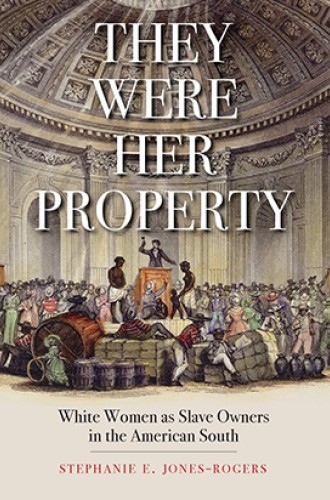The slaveholding mistress and her purse strings
Stephanie Jones-Rogers dismantles the stereotype of white female passivity in the pre-Civil War south.
Eva Jones was devastated. The Civil War had left some friends and family members maimed and others dead. Because of economic inflation and stagnation, she could no longer afford some everyday goods. Perhaps most upsetting was emancipation. Before the war, Jones was a member of a prominent southern family and a slave owner. She fumed in a letter to her mother-in-law that the loss of her human property constituted “unprecedented robbery” that would render her “a heap of ruins and ashes.” She lamented the life she would lead when no longer a mistress: a “joyless future of probable ignominy, poverty, and want.”
Stephanie E. Jones-Rogers chronicles the financial realities and choices of slave-owning women like Jones, uncovering a world of women’s participation in the institution of slavery that is often undervalued by other scholars. With an array of evidence ranging from court records to newspaper advertisements, ruminations of slave traders to remembrances of former slaves, Jones-Rogers places slaveholding mistresses at the core of slavery’s economy. These women were perceptive players in the buying and selling of men and women. Rather than passive victims of patriarchy and the system of slavery, they were coconspirators in the economic exploitation of people.
Jones-Rogers shows how young mistresses were cultivated to manage and discipline slaves through childhood education. Some of the training came from parents directly. Girls learned other lessons by watching, even by reading a children’s newspaper. The day when a girl first received legal rights to slaves was a noteworthy occasion, as important as a birthday or other holiday.





